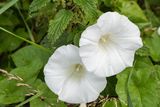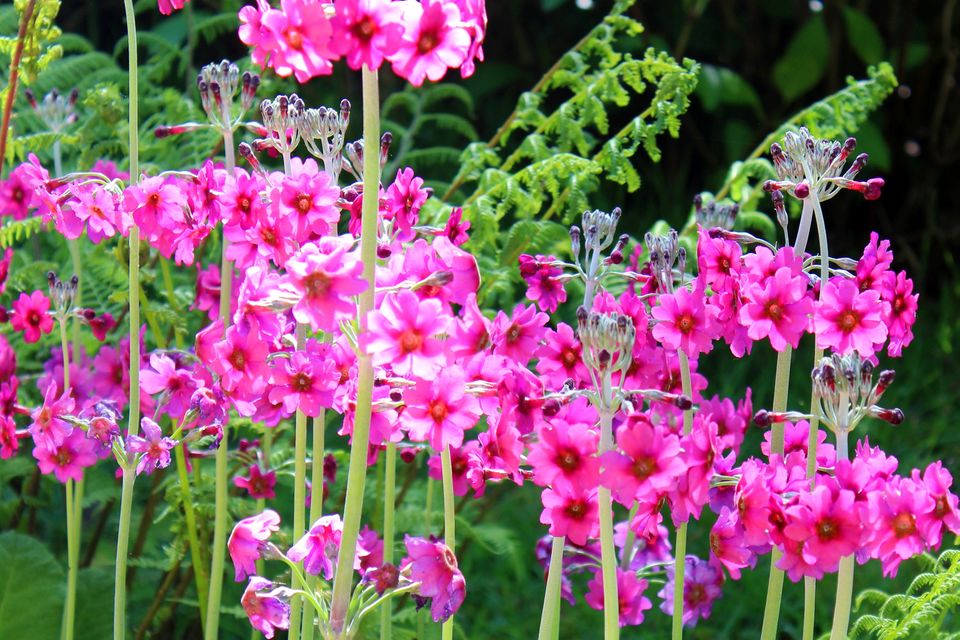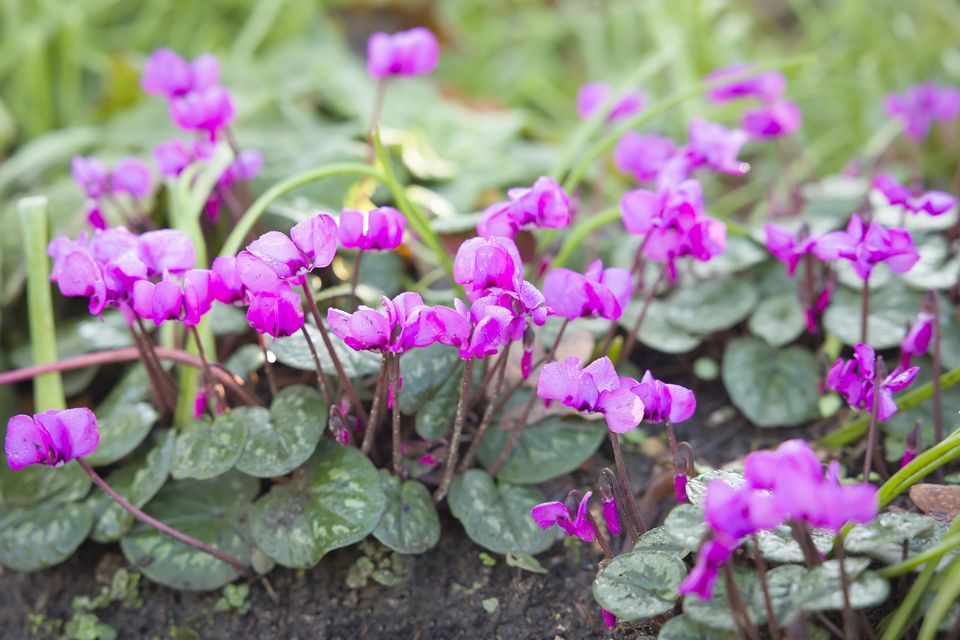Diarmuid Gavin: How to remove weeds from an overgrown garden
Digging out invasive nettles and briars can be therapeutic and creates a clean slate for springtime planting



It started early, really towards the end of last year. I find the week between Christmas and the new year can feel like it goes on forever, and even when 2024 was ushered in, it took our island a little time to wake up.
And during that period, I found it hard to sit still. I have my share of excitements and worries in store for this year, and having too much ‘down time’ to dwell on either isn’t good for me.
Gardening has always cleared my head. Most work outside is repetitive. You can develop a nice rhythm while digging, weeding or even just cleaning. And the time spent in fresh air with a robin for company grounds you in a meditative way and, for me, it provides space to think things through.
Although our plot looks good on cleverly crafted Instagram images, a delve into the undergrowth tells a different story. I lived away for six months of last year and that delicate balance between wilderness and control was lost.
I’m not into a pristine look for our jungle. I understand that nature needs to have a role and nettles can thrive for the benefit of other species in some out-of-the-way places. But our garden was becoming inaccessible, with brambles and other toughies beginning to block pathways. Yes, that bad.
So, off I went into the garden on December 26 and I started digging. At the end of our plot, there’s an area which hasn’t been cultivated yet, and it’s become overgrown with some of the most invasive and stubborn plants — bindweeds, docks and nettles.
Tackling uninvited guests is a challenge. They spread through their root systems, so clearing the green growth on top won’t do the job unless I repeat the routine every month or so, weakening the roots to the point that they shrivel. But I haven’t time for that.
I don’t use weedkillers and I want quick results so that, in the spring, I can plant the area, so there’s only one answer — to cut down the foliage and dig every root out.
So from St Stephen’s Day until now, it’s been two to four hours daily, shoving the fork in the ground, ripping up the nettle roots, shaking off the soil and filling the barrow.
Some weeds are more satisfying to dig than others. Nettles are shallow-rooted. Once I get a tug at a clump, I can rip a whole network of its cousins out in one go. However, bindweed is a divil with fleshy white brittle roots, and it’s everywhere — dig up a clump of soil, let it fall to the ground and dismantle and the flex of roots are revealed, running in every direction. If I leave a single piece, it’ll turn into a new plant and start the invasion again.
The briars, funnily enough, are my favourite. I grab the arching barbed wands with my thick gloves, follow the arch to where it’s rooted and release its grip on the ground with the thrust of the fork — it’s very satisfying.
I’ve filled 10 wheelbarrows full of roots which can’t go on the compost heap because they’ll begin to grow again.
The beauty of clearing ground at this stage is that you have time on your hands. Nothing is starting to grow, not even new weeds. It feels like a clean slate.
The joy of this project is in the dreaming. Every forkful of invasive weeds removed will allow me to plant something new, to paint a new picture of floral abundance. I can’t wait for springtime.
Plant of the week
Cylclamen coum
Cyclamen coum This lovely little alpine is a colourful addition to the late winter garden and a good companion plant for snowdrops. Unlike some of the more tender bedding cyclamens, Cyclamen coum is fully hardy. The dainty flowers are usually pale pink or white with a magenta blotch at the base and white eye at the centre. Grow in humus-rich, well-drained soil beneath deciduous trees where they will colonise, and mulch them with leaf mould if possible.
Reader Q&A
I’d love some advice on a part of my garden that runs down to a small stream from a hill. It’s quite shady and the ground is soft at present. I’d like to plant a mix of things fragrant, good for pollinators and ground cover but also in keeping with the old thatched cottage it borders. Fiona
Candelabra primulas
Candelabra primulas would be ideal for this situation as they love damp soil and would suit a cottage garden vibe. Primula beesiana has tiers of red-pink rosettes and will self-seed, but for scent, try our native cowslip Primula veris. Lily of the valley has a sweet scent and, for ground cover, sweet woodruff (Galium odoratum) is a good choice. You could also include a mixture of ferns, dicentra and solomon’s seal, all of which will cohabit well.
Submit your gardening questions to Diarmuid via his Instagram @diarmuidgavin using the hashtag #weekendgarden
Join the Irish Independent WhatsApp channel
Stay up to date with all the latest news



















